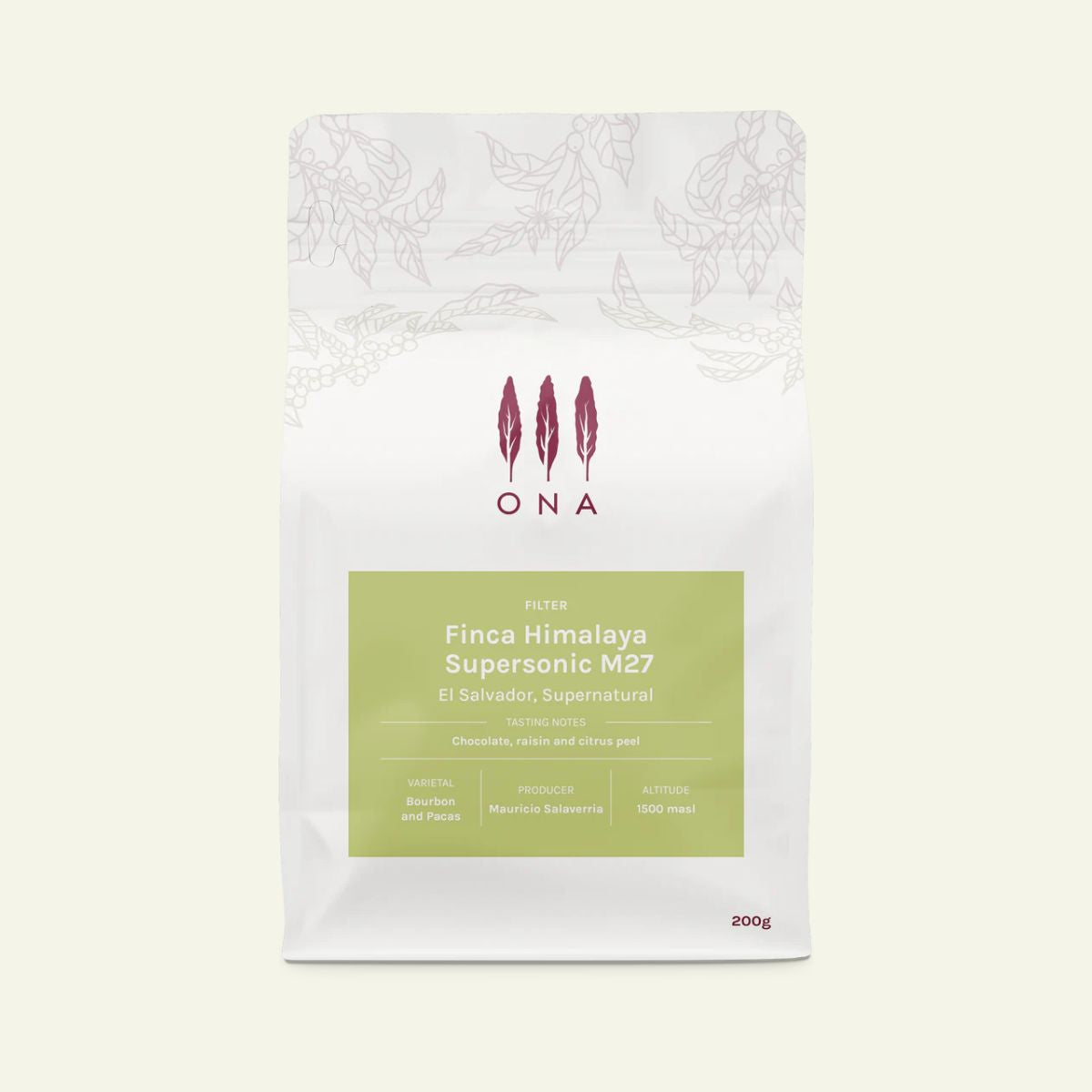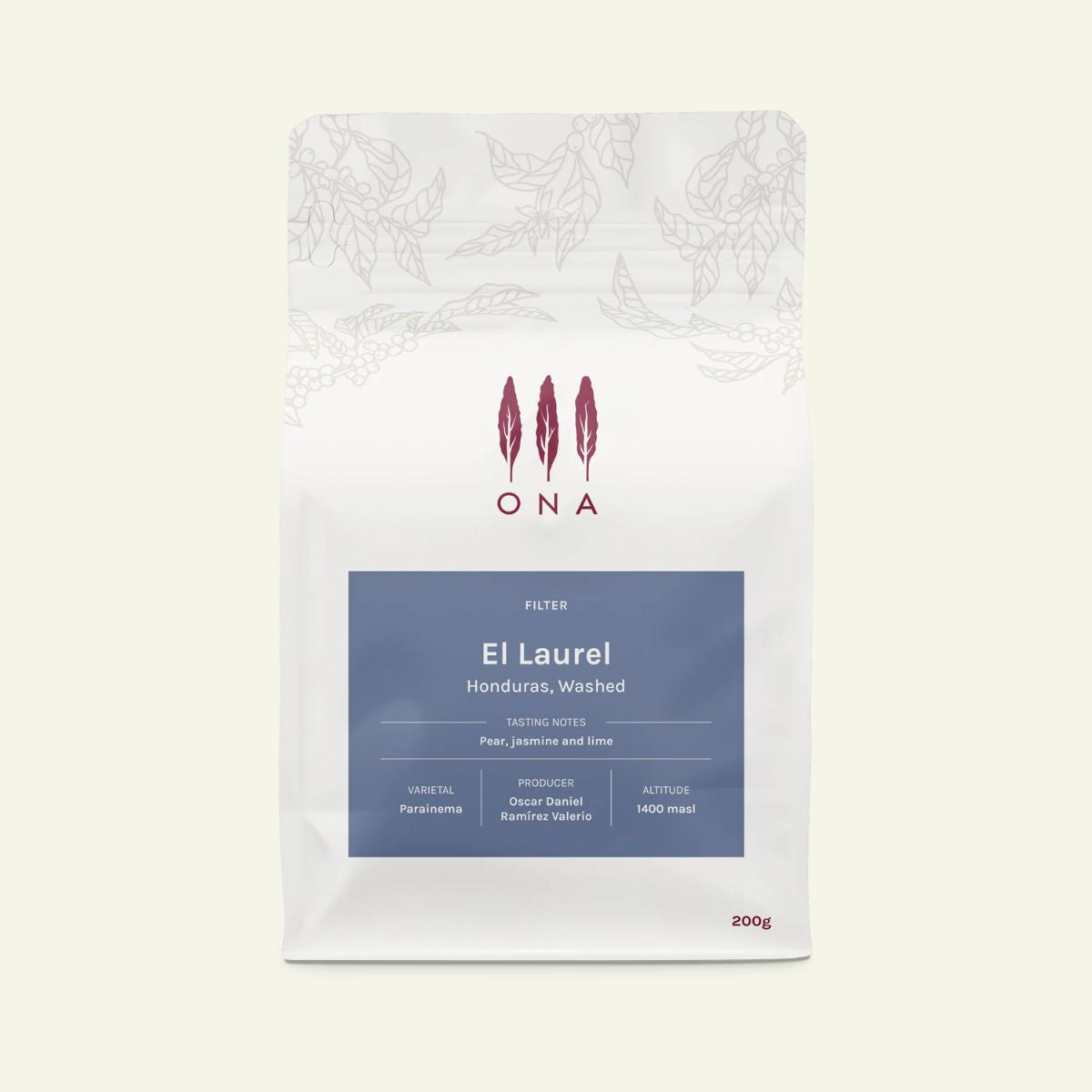
☕️ Resting Coffee and Freshness
Why “Fresh Is Best” Isn’t Always True
We’ve all heard the saying: fresh is best.
For most foods, that’s true — but when it comes to coffee, it’s one of the biggest myths in the industry.
Freshly roasted coffee might smell incredible, but brew it too soon, and you’ll likely get muted, metallic, or murky flavors. The reality is: coffee needs time to rest before it reaches its full potential.
Let’s break down what’s really happening inside your coffee beans — and how long you should rest them for the best flavor clarity.
Why Coffee Needs to Rest
When coffee is roasted, hundreds of chemical reactions happen at once. The beans expand, caramelize, and release a huge amount of CO₂ gas along with volatile aroma compounds. Right after roasting, the beans are full of trapped gases and unstable aromatic compounds that haven’t yet settled.
For years, the common explanation for resting coffee has been that CO₂ prevents proper extraction — and while that’s partly true, it’s not the whole story.
The Science Behind Coffee Resting
According to coffee scientist Samo Smrke, freshly roasted beans are not just high in CO₂ — they’re also oversaturated with certain unstable aromas. One of these is a compound called Methanethiol.
Methanethiol is a sulfur-based compound that contributes to what many describe as “green” or “unpleasant” aromas in very fresh coffee. In other words, it can make a brand-new roast taste flat, vegetal, or slightly metallic, even when brewed perfectly.
When coffee rests for around two weeks, roughly 80% of that Methanethiol dissipates. During this time, CO₂ levels also decrease naturally, allowing both extraction and flavor clarity to improve significantly.
So yes — letting coffee rest is not just about degassing. It’s about allowing the chemical balance inside the bean to stabilize and reveal its true flavor potential.
What Happens When You Brew Too Fresh
If you brew a coffee that’s too fresh (within the first few days after roasting), you might notice:
-
A thick layer of bubbles and foam during brewing,
-
Uneven extraction or “channeling” (especially in espresso),
-
Flavors that taste cloudy, grassy, or metallic,
-
And a lack of sweetness or clarity in the cup.
That’s the trapped CO₂ and volatile compounds interfering with your extraction.
Sure — you can slightly improve it by pre-grinding your coffee or doing a longer bloom (for pour-overs), but even then, it will never taste as clean and open as a properly rested coffee.
How Long Should You Rest Coffee?
How long you should rest coffee depends on roast level, brew method, and storage.
Here are general guidelines we recommend at Nordic Brew Lab:
For Filter Coffee
The good news for filter brewers is that the resting window is quite forgiving.
Filter brewing methods (like V60, Orea, or Kalita) use gravity and bloom to naturally release gases during extraction.
-
Light to medium roasts: Rest 7 to 14 days minimum before brewing.
-
Optimal window: 2 to 6 weeks after roast date.
-
Storage tip: Keep coffee in an airtight container, away from light, heat, and moisture.
Within this period, you’ll notice flavors becoming cleaner, sweeter, and more defined. Coffees that taste muted or “flat” early on often bloom beautifully after a few weeks of rest.
For Espresso
Espresso is far more sensitive to freshness than filter coffee because of the 9 bars of pressure used during extraction. That high pressure traps gases in the crema, often causing metallic or “foggy” flavors in very fresh beans.
-
Light to medium roasts: Rest at least 14 days before using for espresso.
-
Optimal window: 3 to 8 weeks, with peak flavor often between 3–4 weeks.
-
Storage tip: Only keep about a week’s worth of beans in your hopper at a time. Store the rest sealed airtight, ideally in a vacuum canister or valve bag.
You’ll find rested espresso far easier to dial in, with smoother texture, richer sweetness, and more stable crema.
What If Your Coffee Is Too Fresh?
Sometimes you just can’t wait — and that’s okay.
If your coffee is only a few days off roast, here’s how to make the most of it:
For pour-overs:
→ Extend your bloom time by 20-30 seconds (e.g., 50s instead of 30s).
→ Grind slightly coarser to help gas escape more easily.
For espresso:
→ Grind the coffee, then wait 15-20 minutes before pulling your shot.
→ This short rest after grinding allows a small amount of degassing, which improves balance and clarity.
These quick fixes won’t replace proper resting, but they’ll help make fresh coffee taste drinkable while you wait for it to mature.
How to Store Coffee During Resting
Proper storage is crucial for letting coffee rest without going stale.
-
Keep it sealed: Oxygen is the enemy. Use airtight containers or coffee bags with one-way valves.
-
Avoid heat and sunlight: Store in a cool, dark place — not in the fridge or near the stove.
-
Avoid humidity: Moisture can damage flavor compounds and accelerate staling.
If stored properly, most light-roasted specialty coffees remain vibrant and expressive for 8–10 weeks post-roast — sometimes even longer.
The Reward of Patience
Resting coffee is an act of patience — and that patience always pays off.
Once the gases stabilize and unwanted aromas fade, you’re left with a cup that’s sweeter, more balanced, and transparent in flavor.
That’s when you can truly taste the work of the farmer, the variety, and the processing — not the chaos of a fresh roast.
So next time you’re excited to open that brand-new bag of coffee, remember:
Good things come to those who wait.









